Hi there, pet lovers! 🐸
If you’re looking for a pet that’s equal parts adorable and low-maintenance, the White’s Tree Frog (also known as the Australian Green Tree Frog or Dumpy Frog) might just be the perfect choice. These charming amphibians are known for their calm demeanor, unique appearance, and relatively simple care requirements. Whether you’re a beginner or a seasoned amphibian enthusiast, this review will cover everything you need to know about White’s Tree Frogs, from their personality and care needs to their affordability and availability.
Overview
White’s Tree Frogs are medium-sized, arboreal amphibians native to Australia and New Guinea. They are famous for their docile nature, sticky toe pads, and adorable “smiling” faces. Here’s a quick summary of what makes them stand out:
- Handling and Temperament: Calm and tolerant of gentle handling, but handling should be minimal.
- Care and Maintenance: Moderate care requirements, with a focus on humidity, temperature, and diet.
- Health and Durability: Hardy and long-lived, with proper care ensuring a lifespan of 10–20 years.
- Availability: Widely available through breeders, pet stores, and expos.
- Cost: Affordable to purchase and set up, with ongoing costs for live food and maintenance.
- Overall: A fantastic pet for amphibian lovers of all experience levels.

Why Choose a White’s Tree Frog?
White’s Tree Frogs are ideal for those who want a unique, interactive, and relatively low-maintenance pet. Their calm temperament, fascinating behaviors, and long lifespan (10–20 years) make them a rewarding companion for dedicated pet owners. They are also quiet and don’t require a lot of space, making them perfect for apartment living.
Handling and Temperament
White’s Tree Frogs are one of the most handleable amphibians, thanks to their calm and docile nature. They are not jumpy or prone to stress, often sitting contentedly in your hand for extended periods. However, as with all amphibians, handling should be kept to a minimum to avoid harming their delicate, permeable skin.
Personality Variations
- Some White’s Tree Frogs are more active and curious, while others are content to sit and observe.
- Their behavior as juveniles often reflects their adult temperament.
Handling Tips
- Always wash and rinse your hands thoroughly before handling to remove oils, lotions, or chemicals.
- Avoid handling for long periods or too frequently, as this can cause stress.
- Supervise children closely if they interact with the frog, as rough handling can harm the animal.
Biting
White’s Tree Frogs rarely bite, and if they do, it’s usually a small, harmless nip. They are not aggressive and pose no danger to handlers.
Care and Maintenance
While White’s Tree Frogs are relatively low-maintenance, they do have specific care requirements that must be met to ensure their health and happiness.
Enclosure Setup
- Size: A 20-gallon vertical tank is ideal for one adult frog. Larger enclosures are needed for multiple frogs.
- Climbing Space: Being arboreal, they need plenty of vertical space with branches, vines, and foliage for climbing.
- Substrate: Use moisture-retaining substrates like coconut fiber, sphagnum moss, or reptile carpet. Avoid loose substrates that could cause impaction if ingested.
- Hiding Spots: Provide plenty of hiding spots, such as cork bark or artificial plants, to make them feel secure.
Humidity and Temperature
- Humidity: Maintain humidity levels between 50–70%. Mist the enclosure daily with dechlorinated water to keep the environment moist.
- Temperature: They thrive at temperatures of 70–80°F. Use a heat mat on a thermostat if your home is cooler. Avoid overheating, as temperatures above 85°F can be harmful.
Feeding
- Diet: White’s Tree Frogs are insectivores and primarily eat live insects like crickets, roaches, and mealworms.
- Supplements: Dust insects with calcium and vitamin supplements to ensure proper nutrition.
- Feeding Schedule: Feed juveniles daily and adults every 2–3 days, adjusting portion sizes based on their appetite.
Lighting
White’s Tree Frogs do not require UVB lighting if their diet is properly supplemented. However, low-level UVB lighting can benefit their overall health and support live plants in the enclosure.
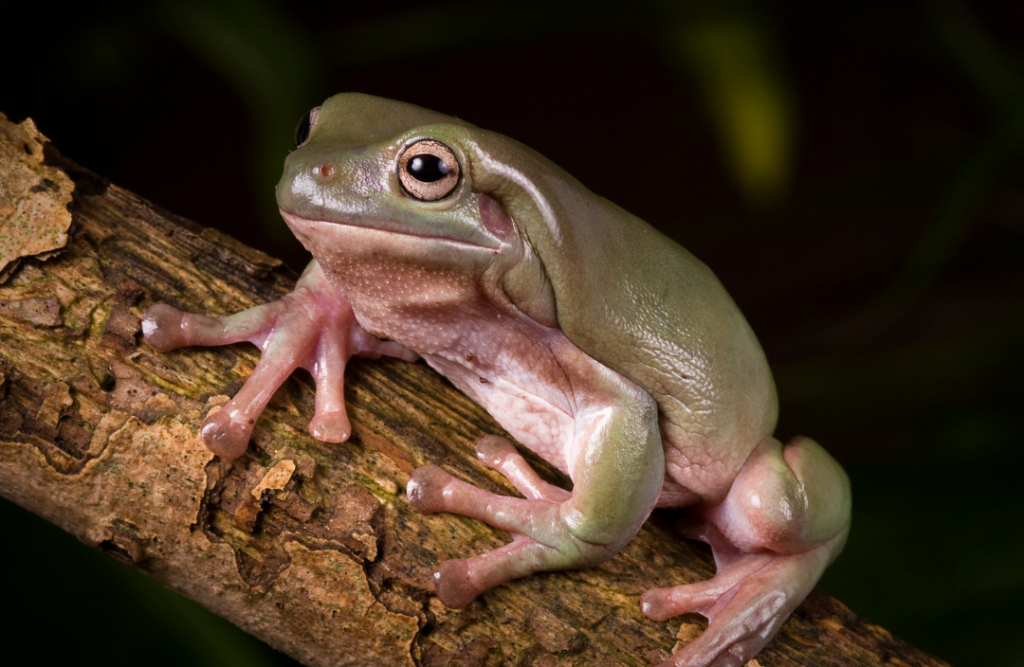
Health and Durability
White’s Tree Frogs are hardy and long-lived, with proper care ensuring a lifespan of 10–20 years. However, they are sensitive to environmental changes and require consistent care.
Common Health Issues
- Dehydration: Caused by low humidity or lack of access to clean water.
- Skin Infections: Resulting from poor water quality or unsanitary conditions.
- Obesity: Overfeeding can lead to health problems, so monitor their diet carefully.
Preventative Care
- Maintain proper humidity and temperature levels.
- Provide clean, dechlorinated water at all times.
- Handle them gently and minimally to avoid stress.
- Quarantine new amphibians before introducing them to your collection.
Availability and Cost
White’s Tree Frogs are widely available and affordable, making them accessible to most pet owners.
Where to Buy
- Breeders: The best option, as breeders can provide healthy, well-cared-for frogs.
- Reptile Expos: Great for meeting breeders and choosing from a variety of frogs.
- Pet Stores: Less ideal, but some stores carry White’s Tree Frogs.
Cost
- Frog Price: $20 to $50 for standard individuals, with rare color morphs costing more.
- Setup Cost: $100 to $200 for a basic enclosure and supplies. Ongoing costs include live insects, supplements, and maintenance items.
Pros and Cons
Pros
- Calm and handleable, making them great for interaction.
- Relatively low-maintenance compared to other amphibians.
- Affordable to purchase and care for.
- Long lifespan (10–20 years).
- Unique appearance and fascinating behaviors.
Cons
- Sensitive to environmental changes, requiring consistent care.
- Require live insects, which may not appeal to all owners.
- Minimal handling is recommended to protect their delicate skin.
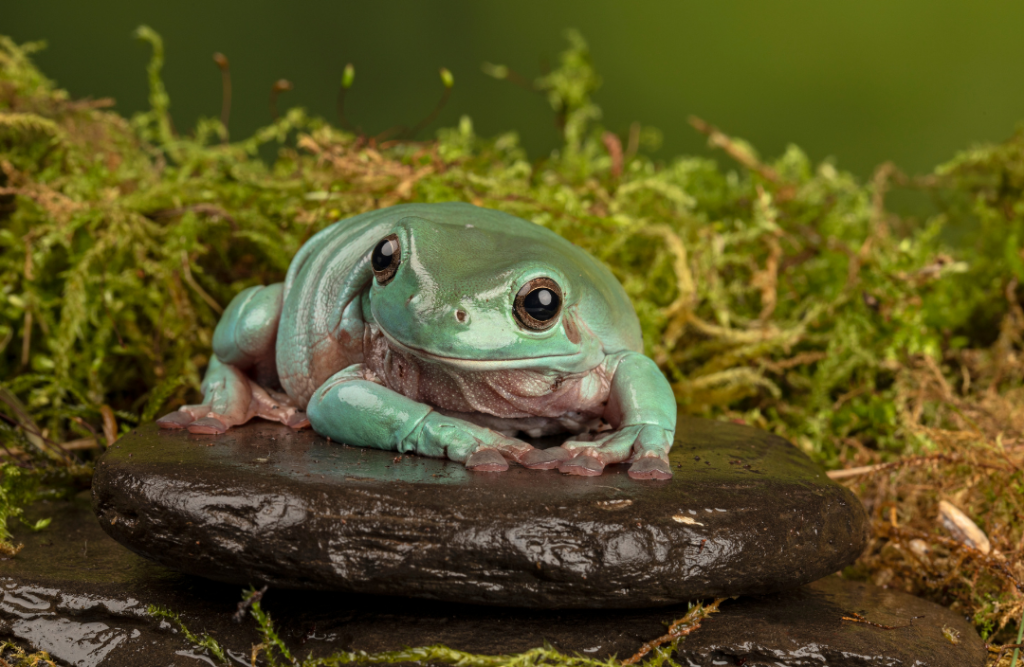
Final Thoughts
White’s Tree Frogs are a fantastic choice for anyone looking to add a unique and engaging pet to their home. Their calm temperament, ease of care, and charming personalities make them a favorite among amphibian enthusiasts. While they do have specific care requirements, the effort is well worth the reward of having these delightful creatures as part of your family.
If you’re considering a White’s Tree Frog, we highly recommend visiting a breeder or expo to meet them in person. Their individual personalities and stunning appearances are sure to win you over.
Have you owned a White’s Tree Frog? Share your experiences and tips in the comments below! We’d love to hear how you care for your frog and what makes them special to you.
For more amphibian care tips and reviews, stay tuned to our blog and don’t forget to subscribe to our newsletter! 🐸

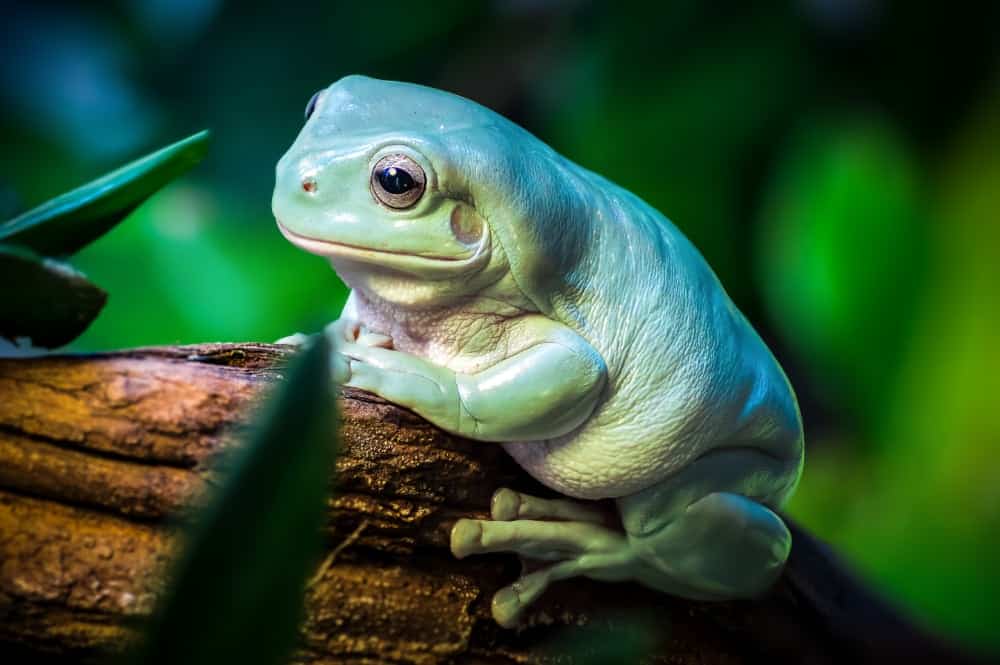

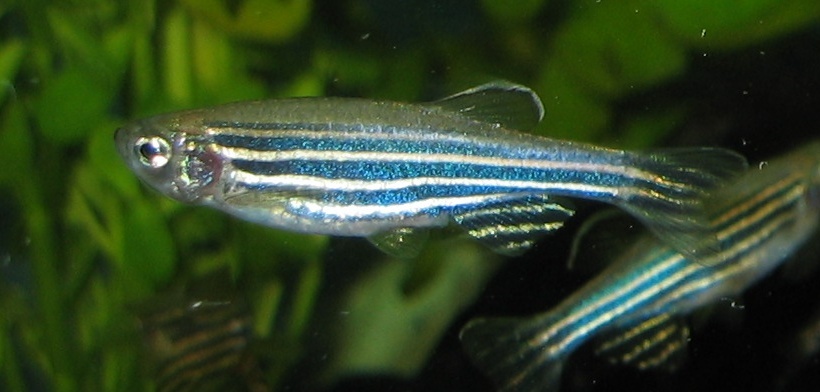
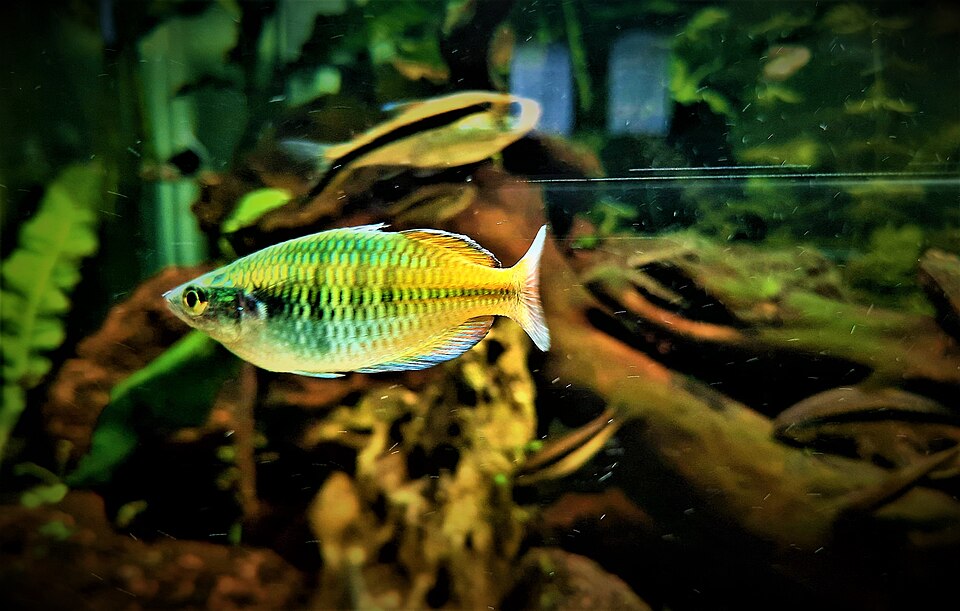
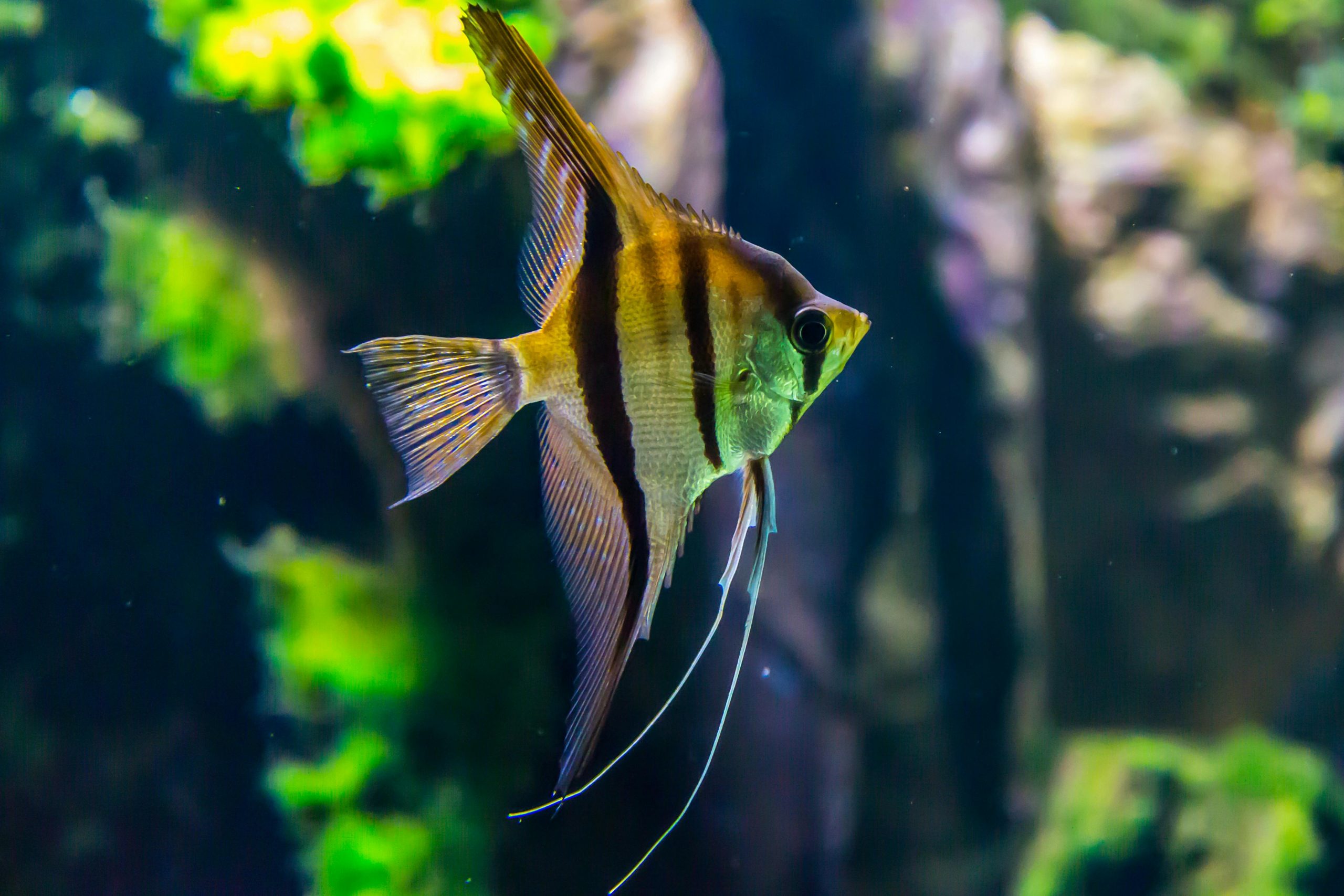
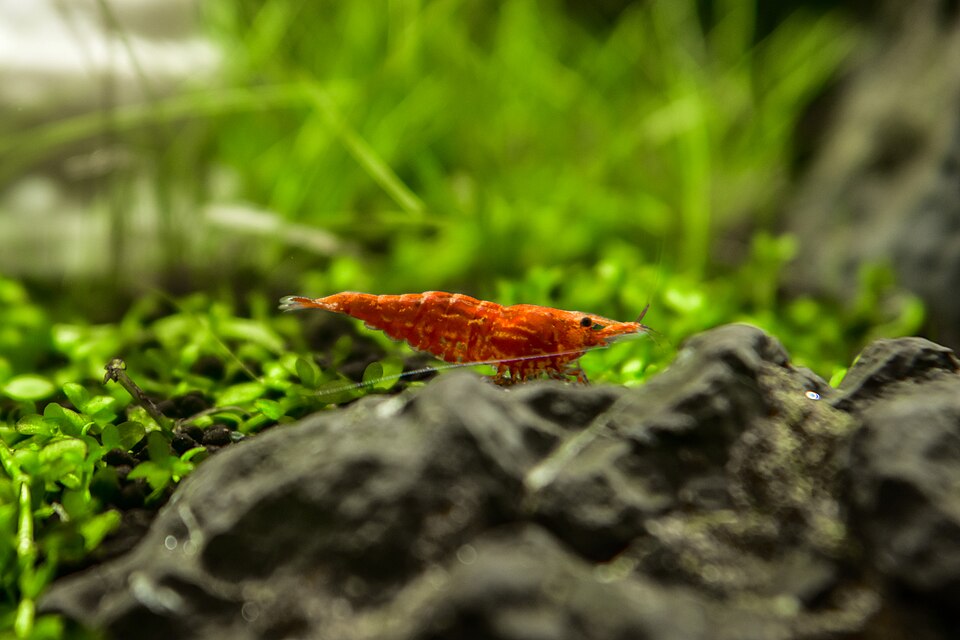

Leave a Reply